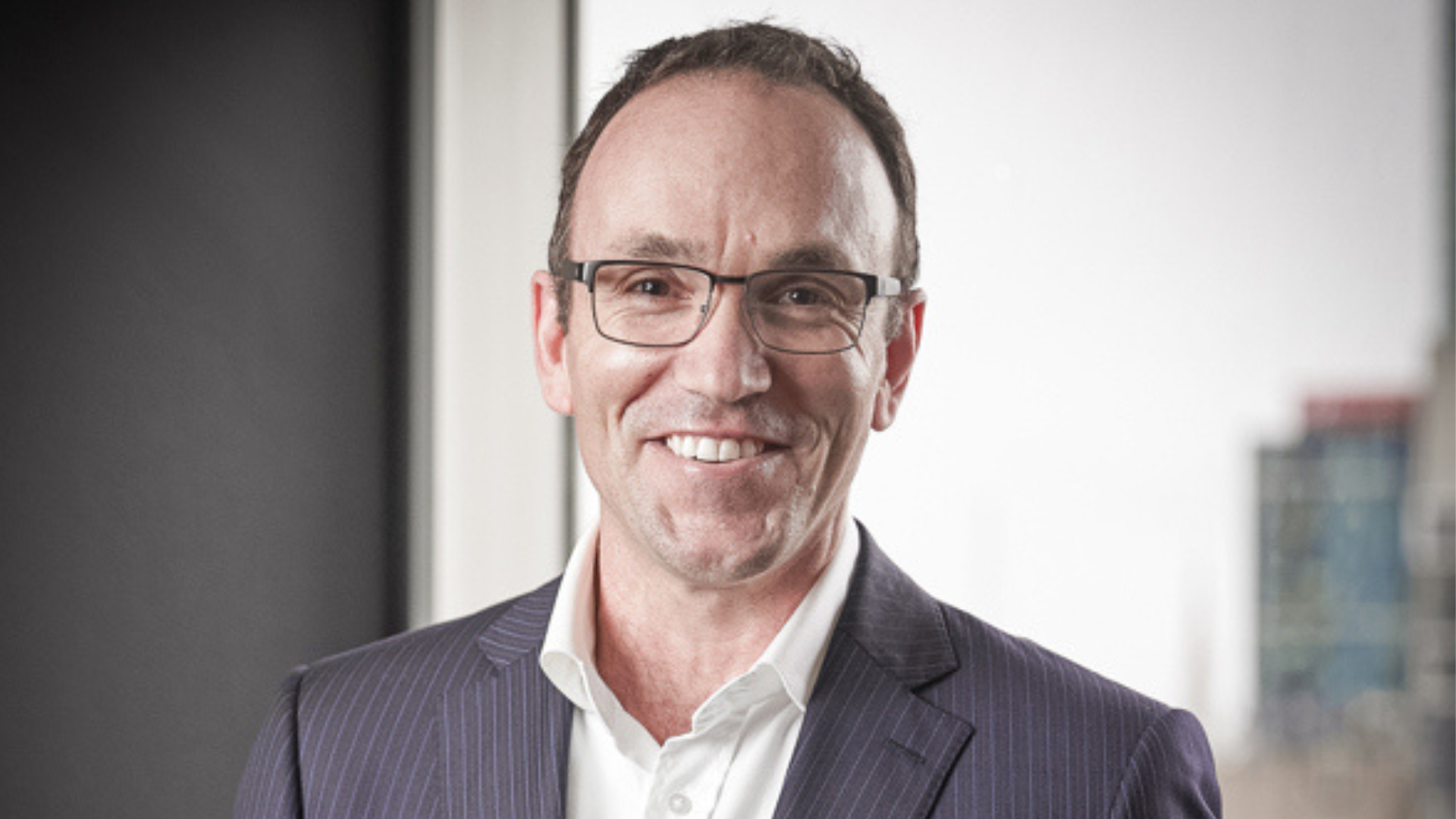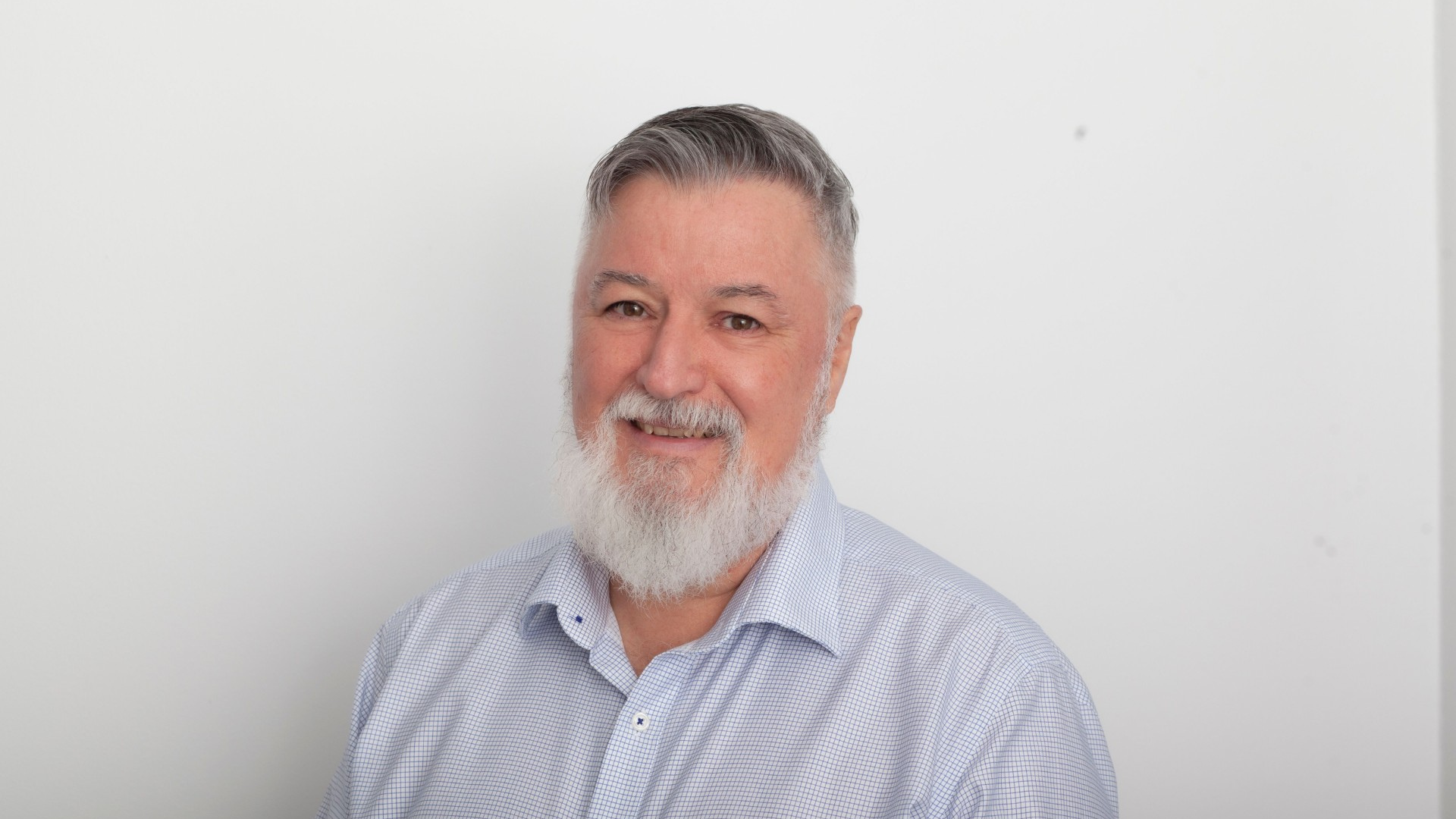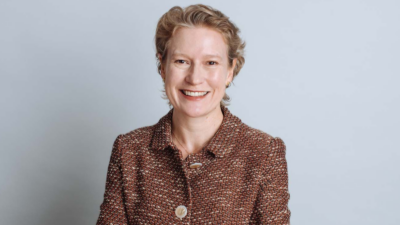The resurgence in emerging markets debt strategies
(pictured: Arif Joshi)
A group of heavyweight global bond managers visited Australia last week, drawn together by a Conexus conference in Melbourne. They differed on many things except one: emerging markets debt looks like coming into its own. GREG BRIGHT spoke to three of them.
Of the US$18 billion or so of fund flows into emerging market debt this year, nearly half has happened since Brexit was announced on June 23. And of that US$8 billion, almost all has gone into US dollar-denominated emerging market debt.
So, big investors are still looking for emerging markets to give them the yields they struggle to get elsewhere, particularly in Europe and Japan, but they are also looking for a little comfort in an uncertain world. But will this last?
Lazard Asset Management’s Arif Joshi, a managing director based in New York and co-manager of about US$7 billion in emerging markets fixed income – both dollar-denominated and local currency denominated – says it will be “interesting to see when investors start to rotate into local currency” again.
Lazard’s biggest position, for instance, is in dollar-denominated Argentinian bonds, however it also likes Brazilian local-currency bonds at the moment. Asia, Joshi says, is probably the “softest” area for emerging market debt, with the lowest yields.
The two big decisions for emerging markets bond managers are the country’s fundamental fiscal condition – or likely future condition – and the currency against the greenback.
“There are 66 countries in emerging markets, so there’s always something going on,” he says. Investors are comparing the opportunities with fixed interest around the world, where rates have gone negative.
Dollar-denominated emerging market bonds are offering a yield of about 5 per cent and by every measure, Joshi says, their balance sheets are under-levered. As an asset class, emerging markets debt has performed well, in both dollar-denominated and local currency instruments, on the back of improving fundamentals over the past four-five months.
Joshi says that markets tend to focus on the “second derivative” market. What he means is that the professional bond manager can get a “significant” capital return when the fundamentals supporting the bonds go from “awful to just bad”. But flows tend to occur when the fundamentals go from “bad to good”. As with all asset classes, probably, the trick is to stay ahead of the market – but not too far ahead.
The turnaround in Argentina has been quite rapid, with the election only last year of Maricio Macri’s government. He negotiated an end to a long battle with the country’s creditors and lifted currency controls. It is once again attracting direct foreign investment. GDP growth of 3.2 per cent is expected next year compared with negative growth last year.
For investors, the movement in spreads has proved a successful play in the past few months. Joshi says he thinks that story is “only half-way there”.
With Brazil, Lazard expects the central bank, which has had its credibility restored, to cut interest rates by up to 200bps by the end of next year, which would give investors a very healthy capital gain.









